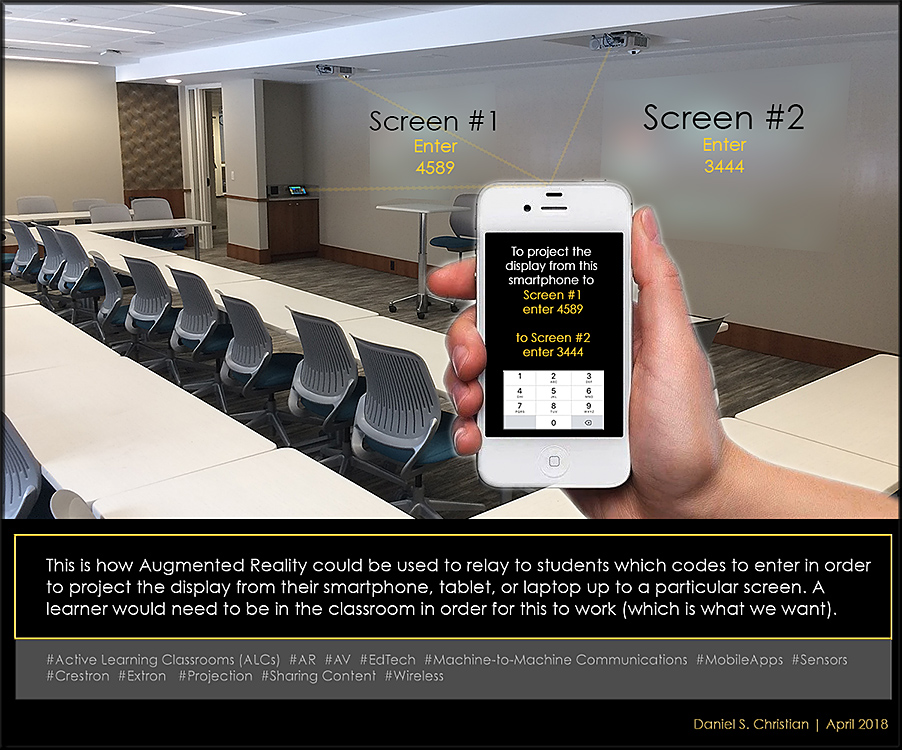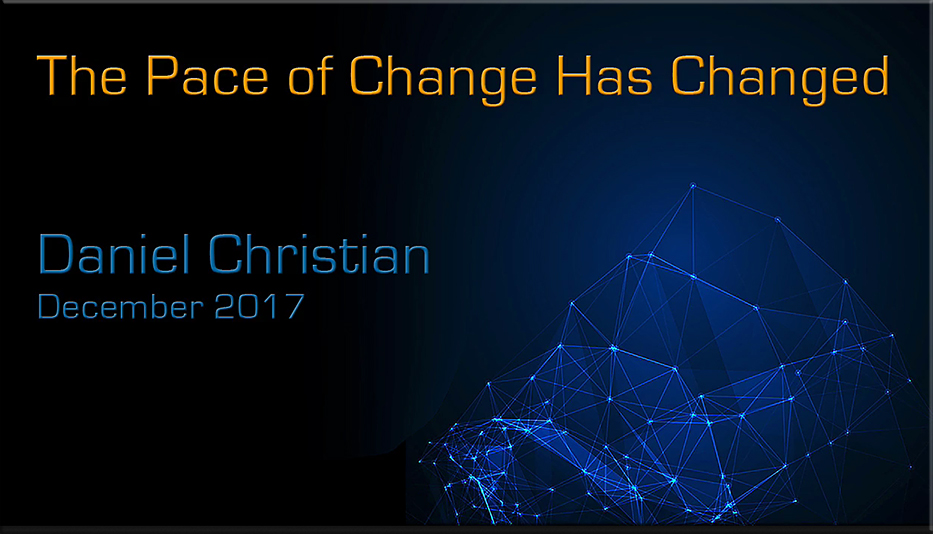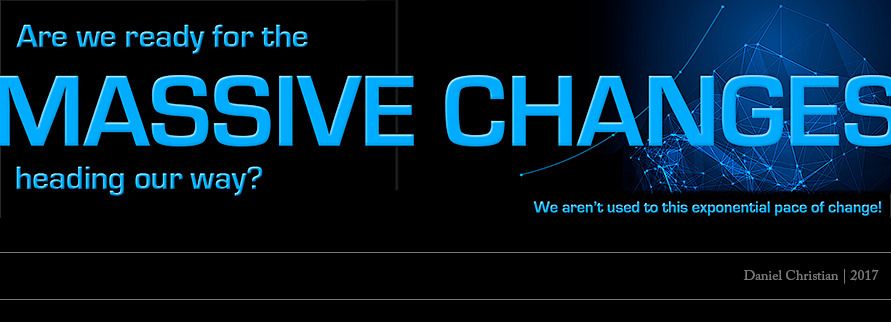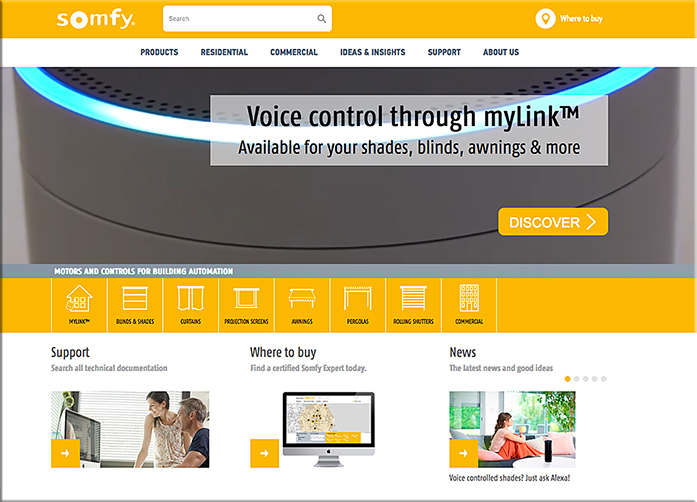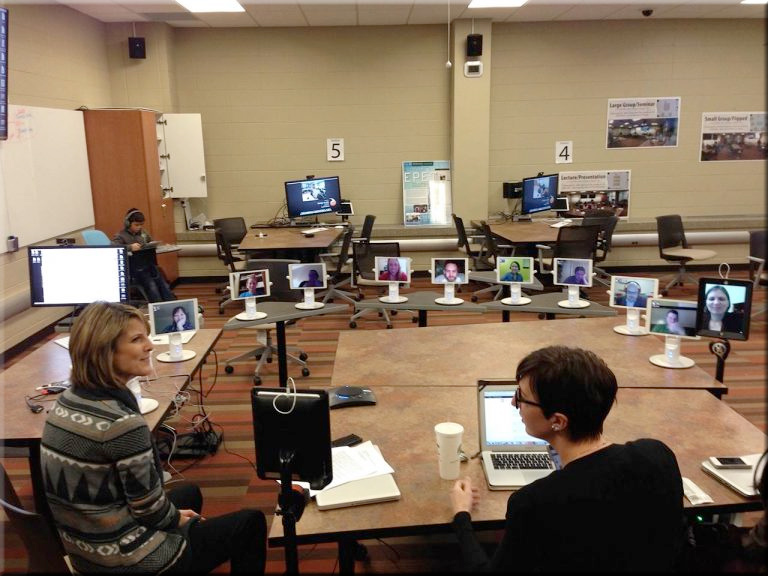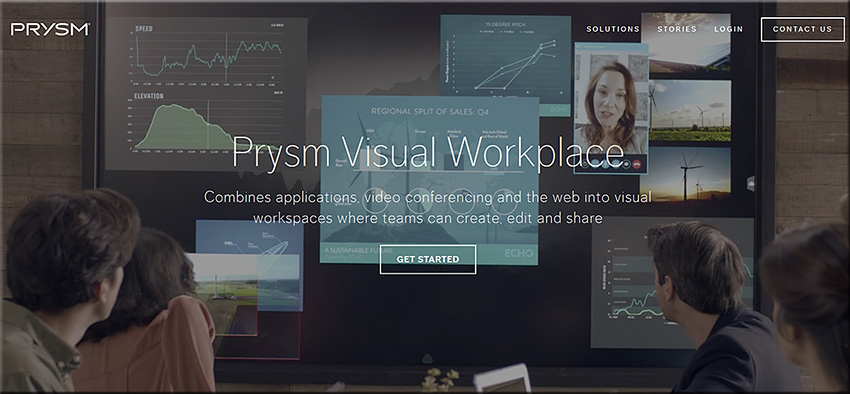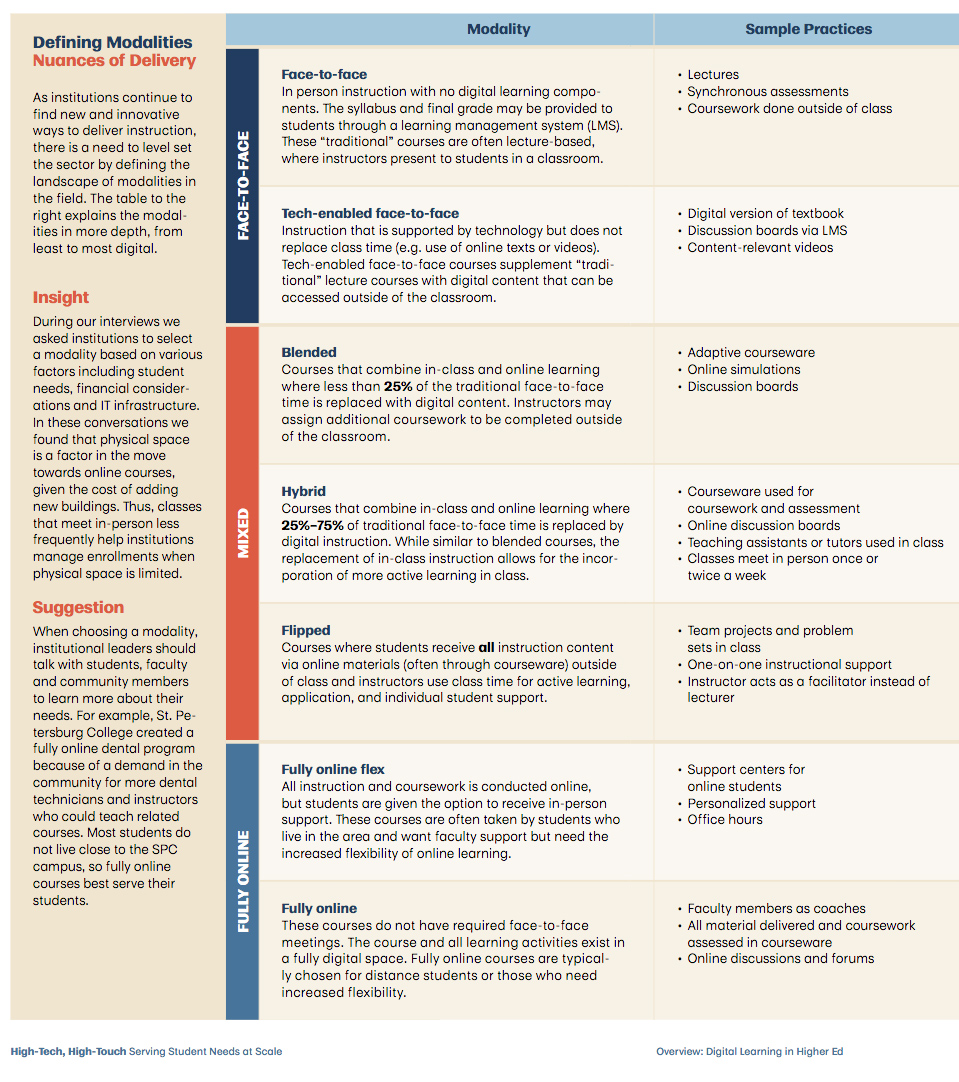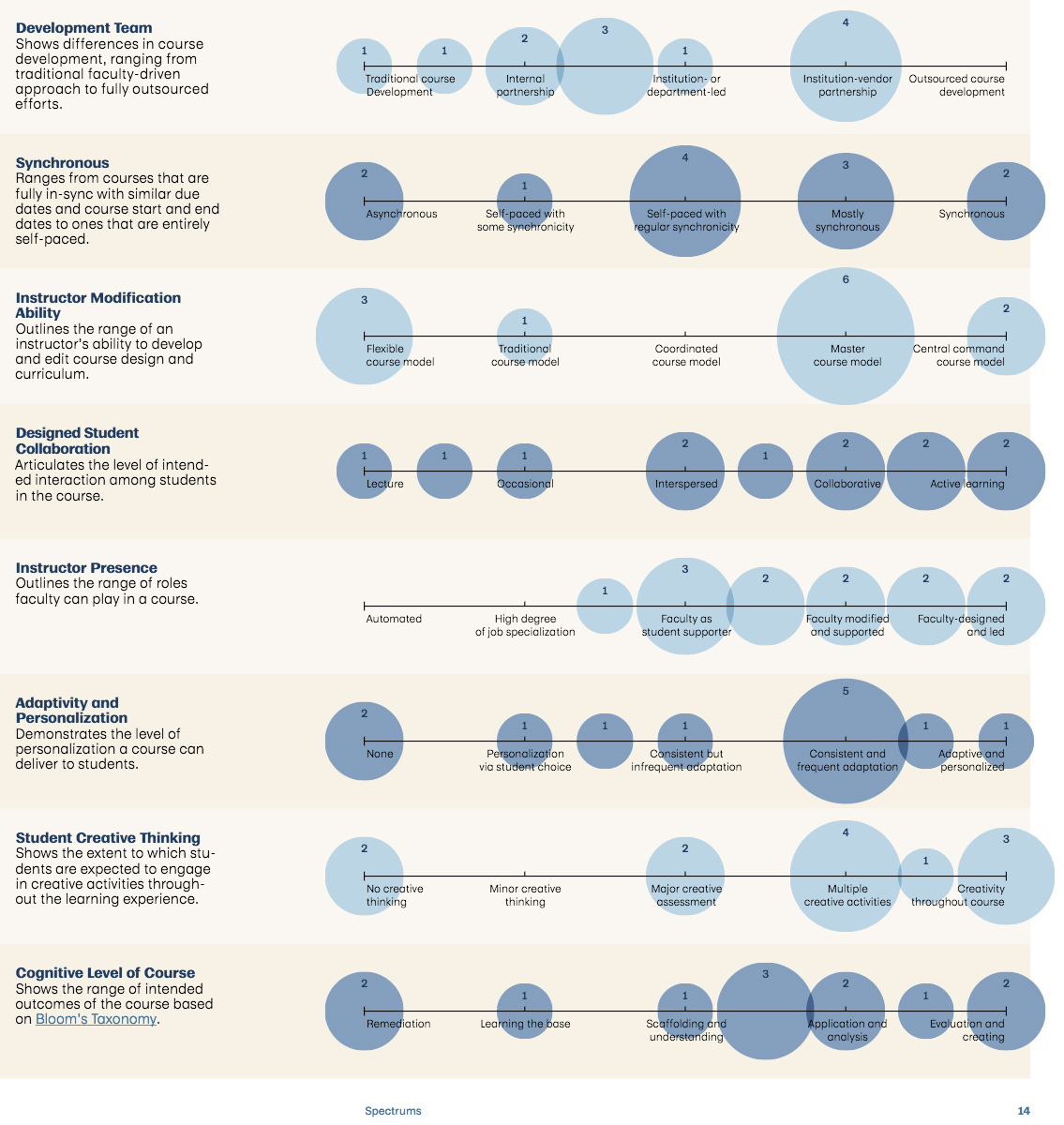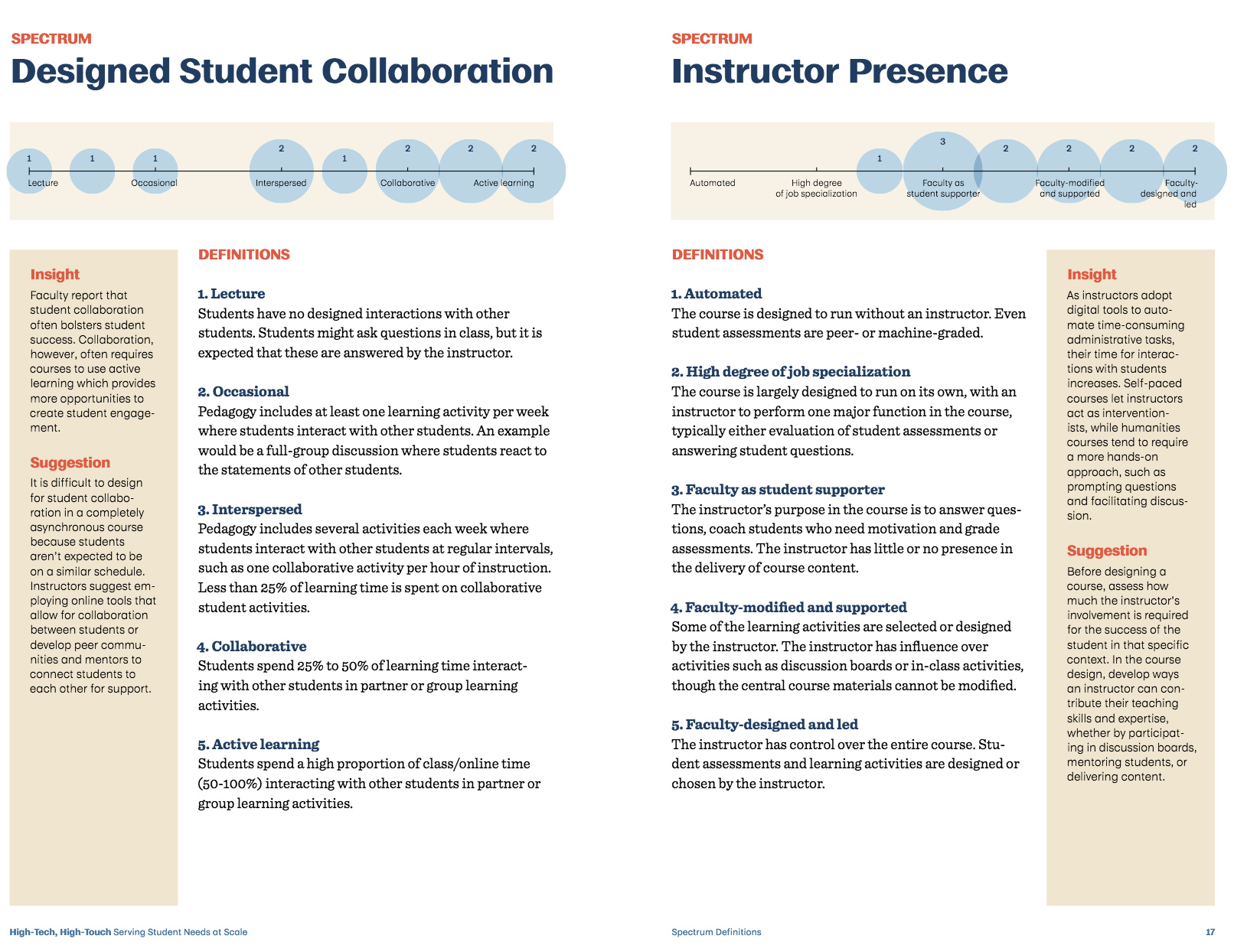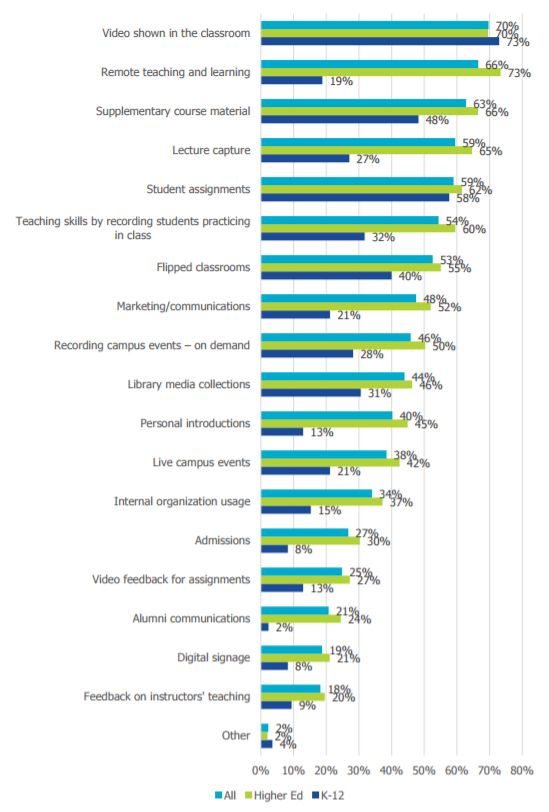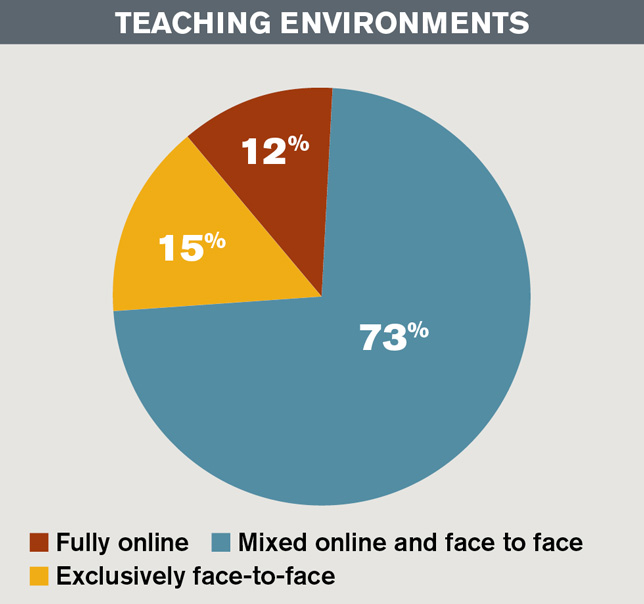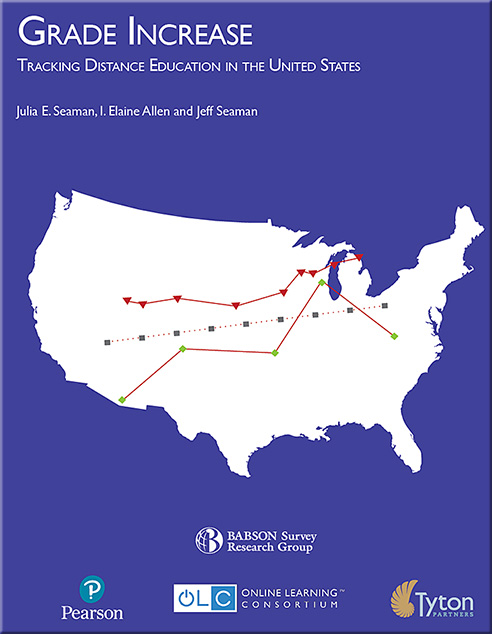
Grade Increase: Tracking Distance Education in the United States
Julia E. Seaman, Ph.D. | Research Director, Babson Survey Research Group
I. Elaine Allen, Ph.D. | Professor of Biostatistics & Epidemiology, UCSF
Jeff Seaman, Ph.D. | Director, Babson Survey Research Group
Excerpt (emphasis DSC):
EXECUTIVE SUMMARY
Distance education enrollments increased for the fourteenth straight year, growing faster than they have for the past several years. From 2002 to 2012 both distance and overall enrollments grew annually, but since 2012 distance growth has continued its steady increase in an environment that saw overall enrollments decline for four straight years and the largest for-profit distance education institutions continue to face serious issues and lose their enrollments.
The number of distance education students grew by 5.6% from Fall 2015 to Fall 2016 to reach 6,359,121 who are taking at least one distance course, representing 31.6% of all students. Total distance enrollments are composed of 14.9% of students (3,003,080) taking exclusively distance courses, and 16.7% (3,356,041) who are taking a combination of distance and non-distance courses.
Year-to-year changes in distance enrollments continue to be very uneven with different higher education sectors, with continued steady growth for public institutions, similar levels of growth (albeit on a much smaller base) for the private non-profit sector, and the continuation of the decline in total enrollments for the private for-profit sector for the fourth year in a row.
Distance education enrollments are highly concentrated in a relatively small number of institutions. Almost half of distance education students are concentrated in just five percent of institutions, while the top 47 institutions (just 1.0% of the total) enroll 22.4% (1,421,703) of all distance students. This level of concentration is most extreme among the for-profit sector, where 85.6% of the distance students are enrolled at the top 5% of institutions. Concentration rates for private not-for-profit institutions are lower, while public institutions show very low levels of concentration.
Distance enrollments remain local: 52.8% of all students who took at least one distance course also took an on-campus course, and of those who took only distance courses 56.1% reside in the same state as the institution at which they are enrolled. Virtually no distance enrollments are international: only 0.7% of all distance students are located outside of the United States.
The total number of students studying on campus (those not taking any distance course or taking a combination of distance and non-distance courses) dropped by over a million (1,173,805, or 6.4%) between 2012 and 2016. The largest declines came at for-profit institutions, which saw a 44.1% drop, while both private not-forprofit institutions (-4.5%) and public institutions (-4.2%) saw far smaller decreases.
The number of students who are not taking any distance courses declined even more from 2012 to 2016, down by 11.2% (1,737,955 students) by the end of the period. The private for-profit sector fared worse (down 50.5%) as compared to both private not-for-profit institutions (-9.5%) and public institutions (-7.7%).









